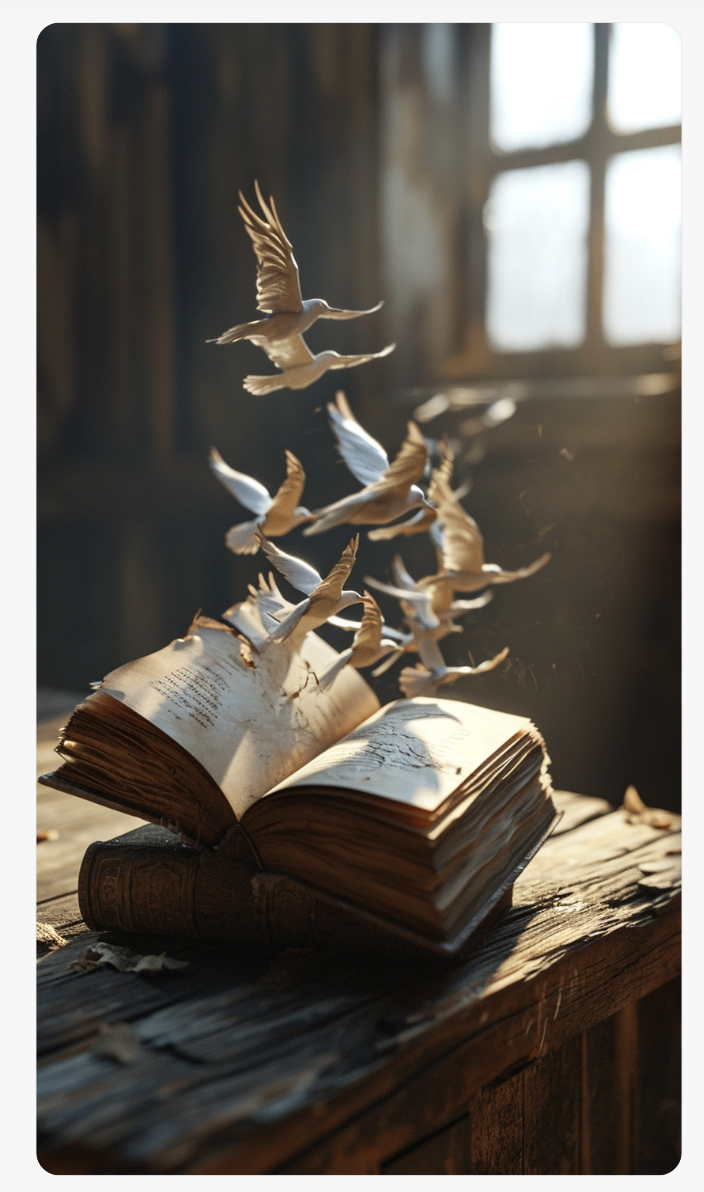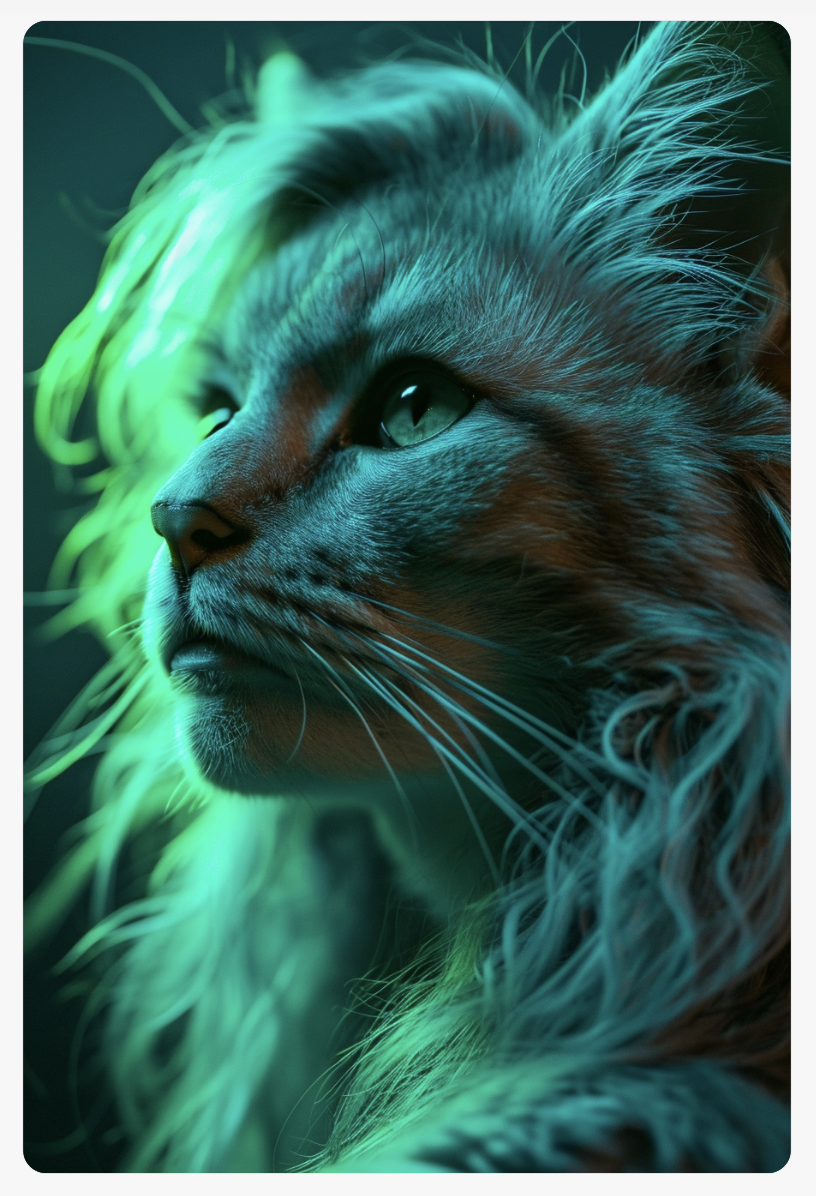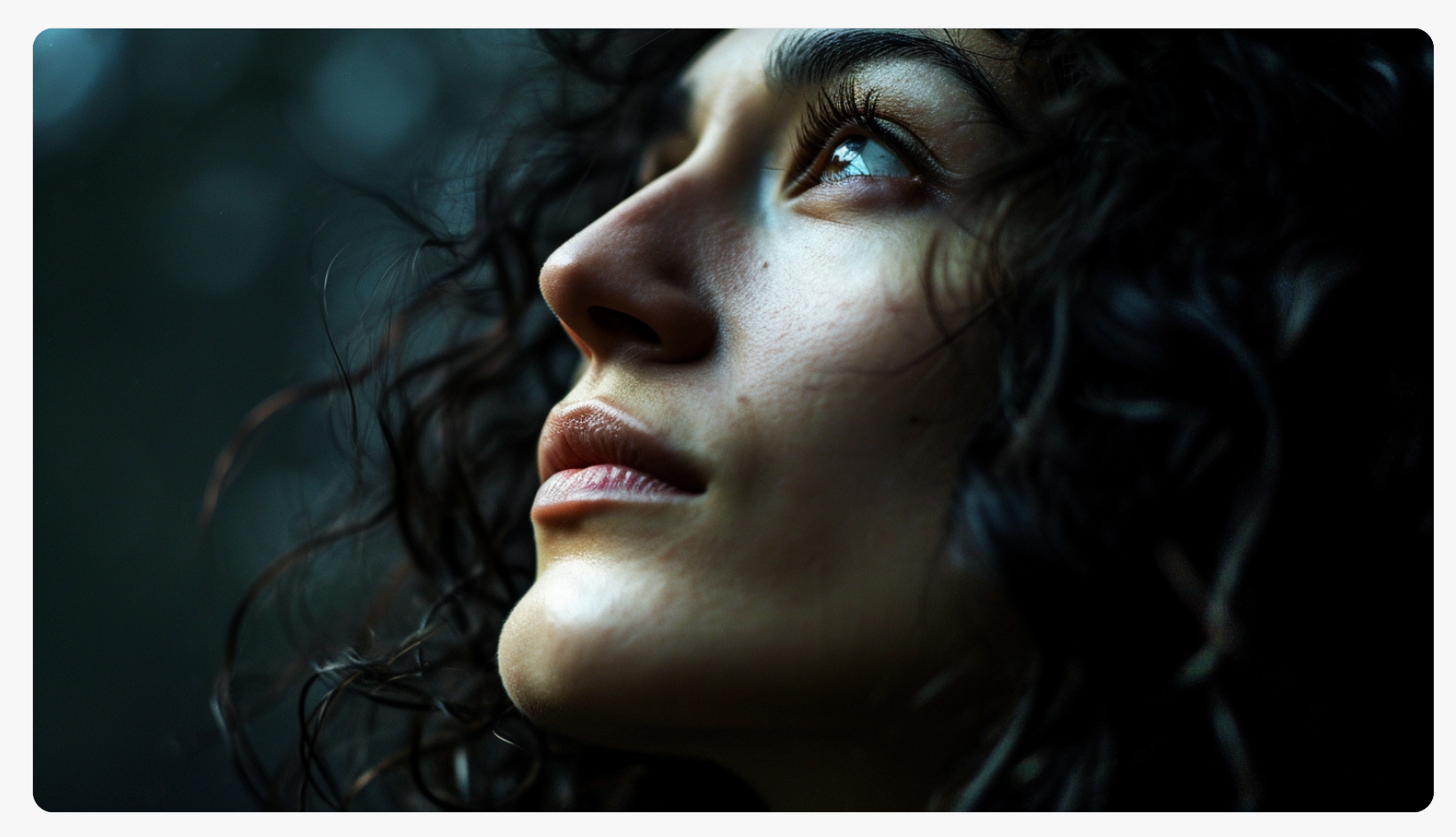Does AI just plagiarize?
TLDR: Think of it as “Blending”. AI for writing can repeat what it’s “taught” so yes, plagiarism can occur. For imagery it’s a little less clear, as copying a style from a particular artist, like Van Gogh, could be more of an homage.
Let’s take a closer look at this contention and try and understand the accusation better. You may have seen musical mashups where AI blends one musician’s voice with another’s. Or you’ve seen incredibly-real AI-generated imagery that spans all styles, themes with celebrities and anons blended ad infinitum. The boundaries of what AI can create is as complex as the data AI consumes, constantly adapting, morphing and becoming more sophisticated over time with expected hurdles and missteps along the way. There was a time in 2023 when Midjourney’s AI image tool was known for six-fingered hands, eyes without pupils and other strange characteristics in its figure imaging. That’s mostly been resolved, and there’s now a method for making images less perfect and more typical. It’s hard to know where all this goes.
AI plagiarized someone’s writing: Maybe. Request an AI tool like ChatSonic to compose a 500 word paragraph on a specific topic and you may get a portion scraped from a page of the top website hit. Chat tools are fed information but also can scan the web to find relevant results, similar to what you might experience with Apple’s Siri®. If your text is lifted by an AI tool, and you come across it on someone else’s social feed, there could be an argument in your favor, but it’s a case-by-case scenario.
AI plagiarized someone’s art: Copied exactly? Or is it an homage? Has a certain style like Van Gogh been used to create something futuristic or architectural? If that’s the case then AI blended existing techniques and mediums into something new.
AI plagiarized someone’s likeness, voice, persona? We’re living in a new paradigm where Joe Rogan appears on a YouTube ad promoting an obscure product and his AI-generated VoiceOver is pretty close to being believable. We’re bound to see more of this, and it’s been rapidly advancing since the deep fakes of Tom Cruise first caught on in 2021. We’re seeing impressions of others take on a completely new dimension and it's hard to argue they’re not just as entertaining as Bill Hader’s famous impression of Al Pacino, now with deep fake technology blended in.
Inputs are necessary to train AI models: Training involves exposing the AI model to a large amount of data and allowing it to analyze, identify patterns, and make predictions or decisions based on that data. Training is necessary because AI models are typically built using machine learning algorithms. These algorithms are designed to learn from examples and data so that it can learn to recognize patterns, make accurate predictions, and perform specific tasks, like replicating an image or sound.
Training an AI model with inputs requires a significant amount of computational resources and labeled data. The quality and quantity of the training data, as well as the training algorithms and techniques used, has a big impact on the overall performance of the AI model.
To put it simply, the output from AI is a reflection of the training model, and accusations of plagiarism miss the mark.
Blend it, baby: AI mixes, assembles, draws from and reconstitutes text, art, image, sound in both expected and unexpected ways. This ability to blend two things is a testament to its versatility and limitless potential. It opens doors to new possibilities, fuels innovation, and challenges us to reimagine what is possible. By harnessing the power of AI to blend and merge, we can create a world where the boundaries between different realms blur, giving rise to extraordinary creations that inspire and captivate. Does a blender replace a chef or a cook? Obviously no. The blender is similar to an AI app that takes in information, performs a task and then produces the output.
Want to chat more about AI and its potential in your field? Send a note to hello@gogravis dot com and we’ll look forward to connecting with you. We’re a design firm based in Birmingham, Alabama and working to make emerging tech practical and cost-effective for brands and organizations.





